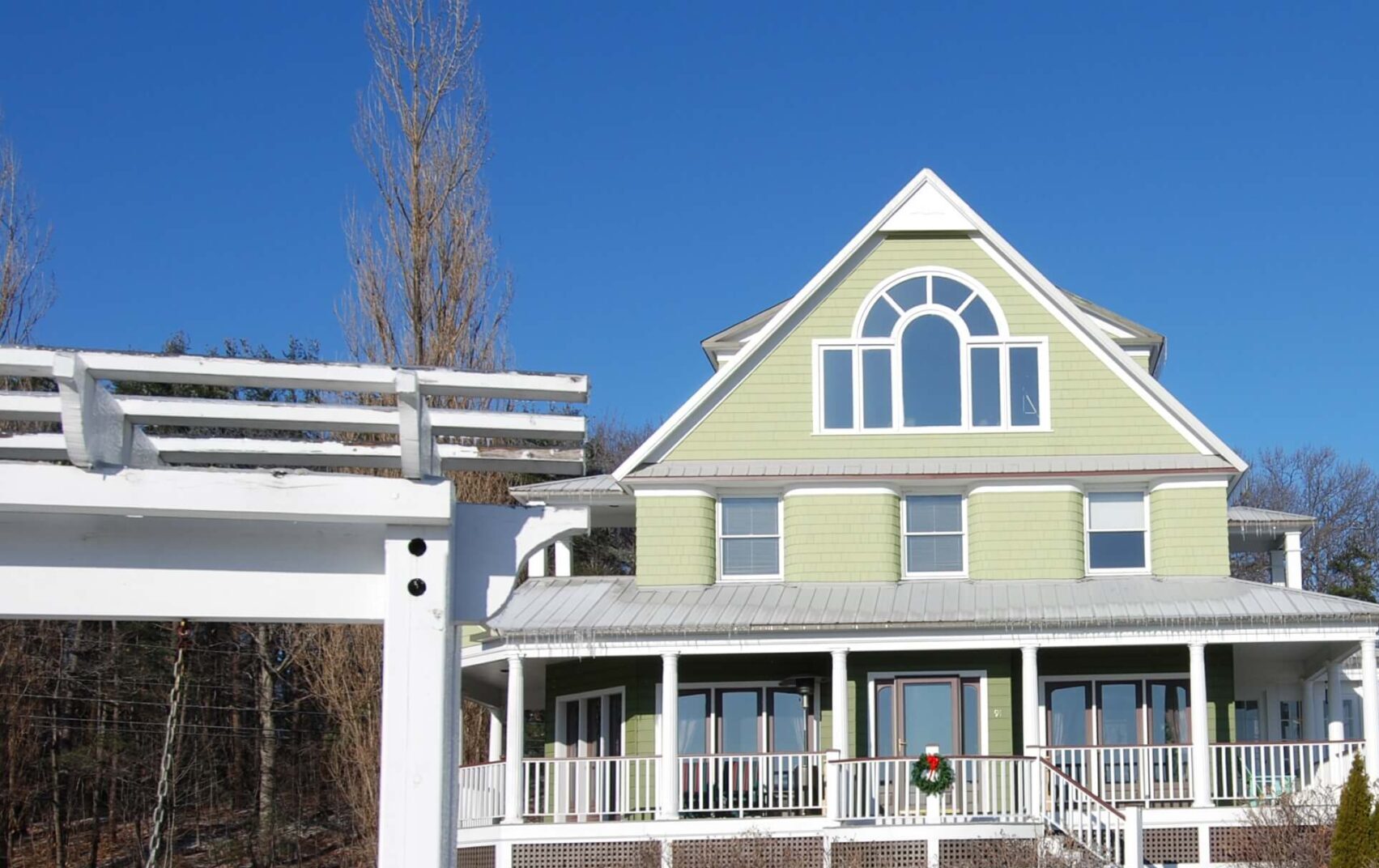As reported by CoreLogic at the end of the first quarter, 19.8% of all mortgages as underwater. This represents 9.7 million homes! The good news is that this is an improvement from the end of 2012, when this statistic was 21.7%.
The report illustrates just  how important rising home prices are for the nation’s bruised housing markets. The improvement is due largely to rising (albeit slowly) home prices, though foreclosures and short sales have also eliminated some underwater households.
how important rising home prices are for the nation’s bruised housing markets. The improvement is due largely to rising (albeit slowly) home prices, though foreclosures and short sales have also eliminated some underwater households.
While various legal settlements and government programs have encouraged – and in some cases, forced – banks to adopt write-downs, principal reductions haven’t figured heavily into the equity-restoration story so far.
The improvement is due largely to rising home prices, though foreclosures and short sales have also eliminated some underwater households.
This change also follows a period in which government and industry officials have had a heated debate over the merits of principal write-downs, where banks modify mortgages by slashing loan balances.
Long Term Issues Continue
Yet this problem will continue to linger for years to come. The report also indicates that on top of the 19.8%% of underwater homes, another 23% with a mortgage have less than 20% equity, meaning those borrowers may be less likely to move because they don’t have enough money to make a down payment on a home that’s comparable to the one they own.
Around 4.4% of borrowers have just 5% equity, meaning they could fall back underwater should prices drop.
Regional Disparities
The report shows that among major U.S. metro areas, negative equity is highest in Tampa, where 41.4% of borrowers are underwater, followed by Miami (40.7%), Atlanta (34.5%), Chicago (34.2%) and Warren, Mich. (33.6%).
As a comparison, at the end of 2012, 7.9% of Maine home mortgages had negative equity – one of the lowest levels in the country.
Moving to Maine?









